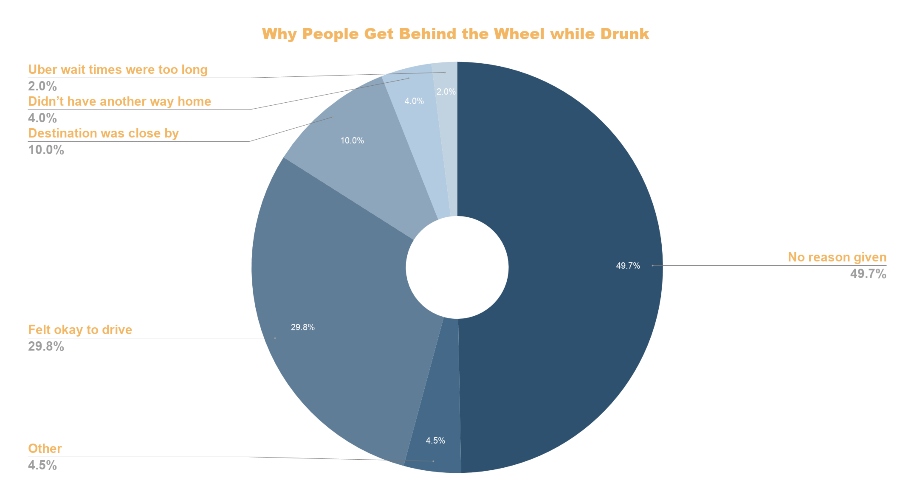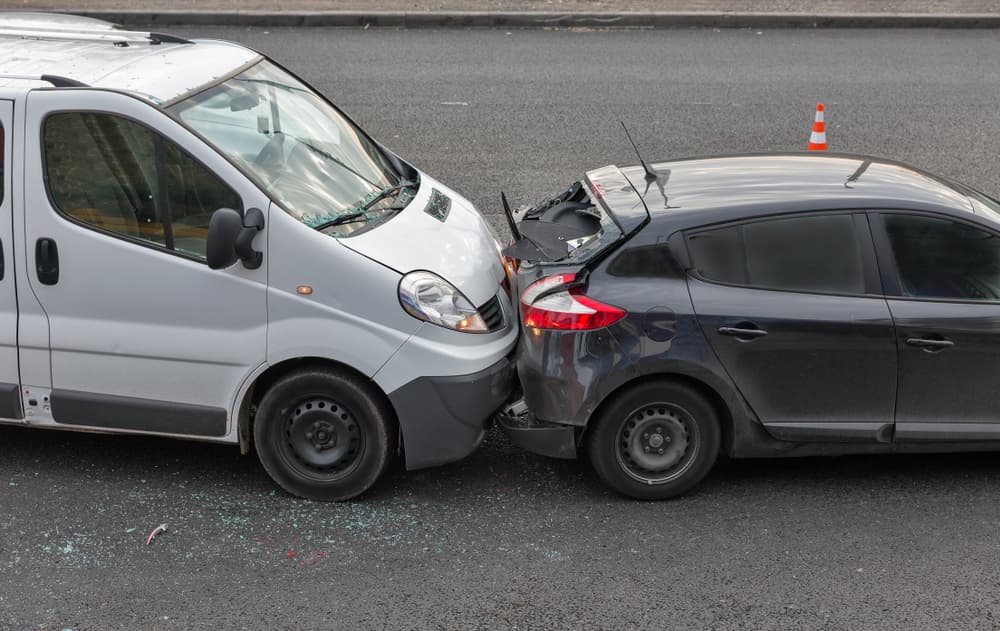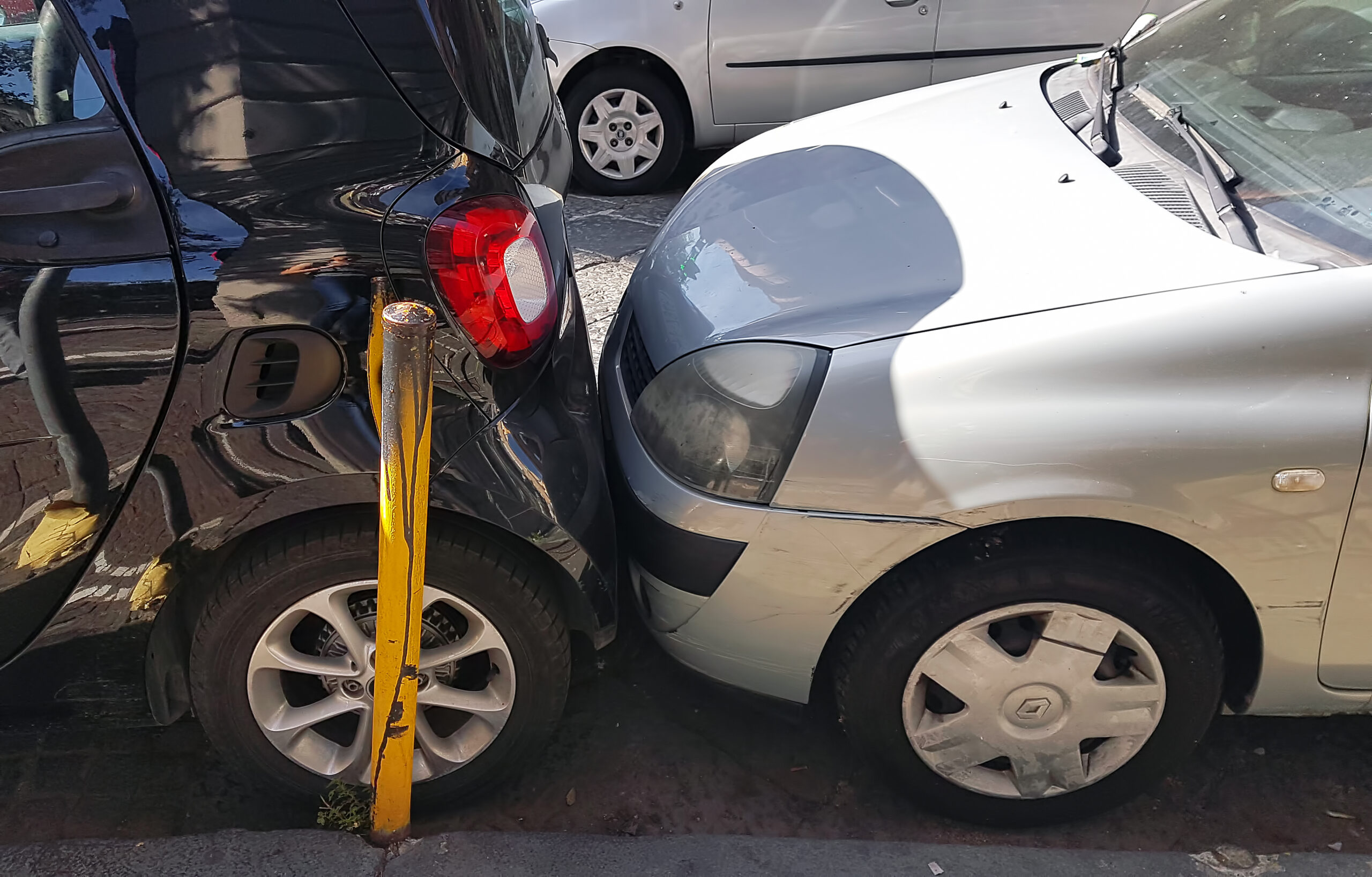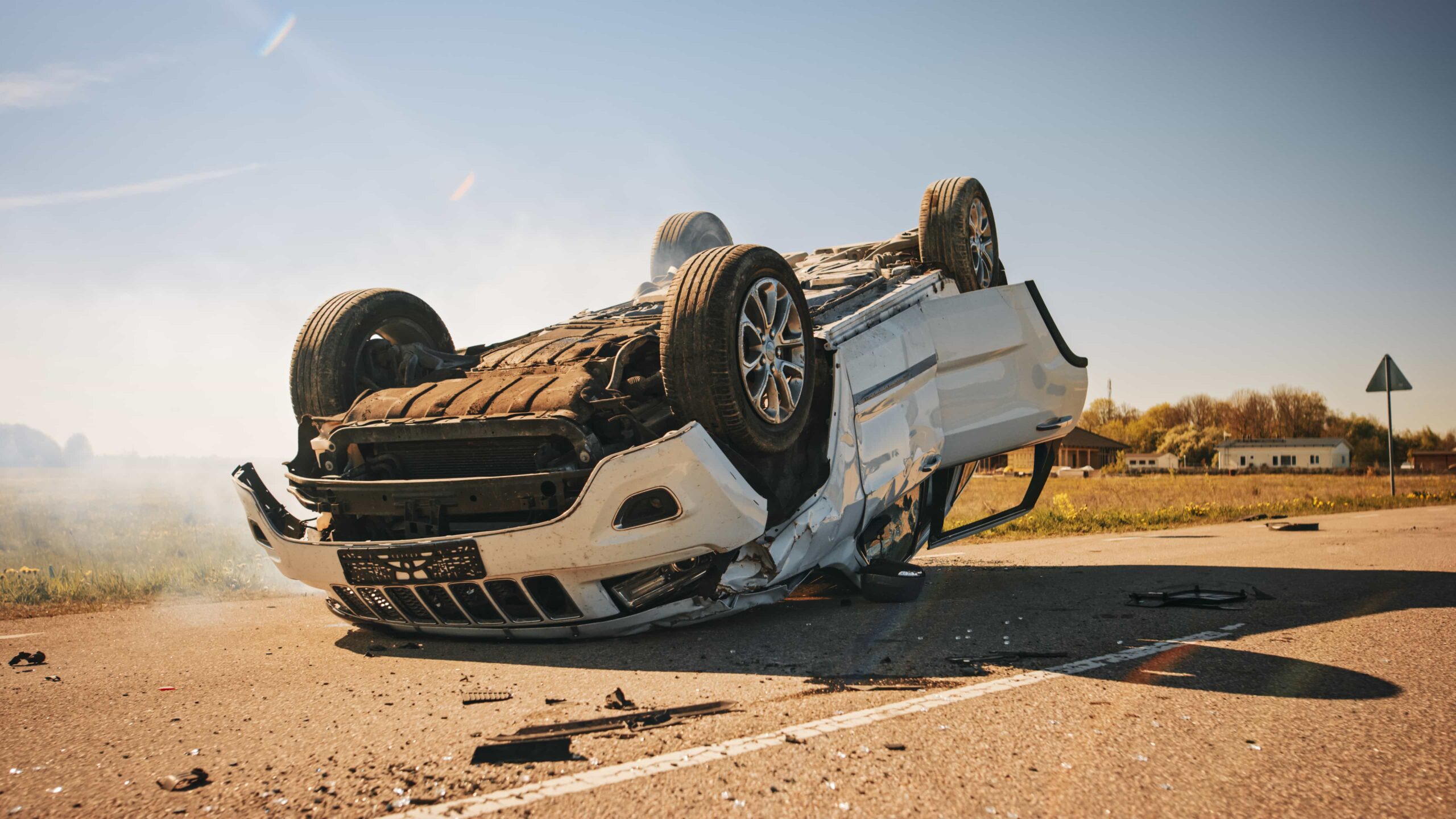10 Disturbing Drunk Driving Accident Statistics
Drunk Drivers Can Cause Serious Injuries on Chicago Roads
A drunk driving accident is a tragic event that Mothers Against Drunk Driving calls the “most frequently committed violent crime in America”. It seems that each new day brings another disturbing news story about the repercussions of getting behind the wheel after a few drinks. Drunk driving statistics help illustrate just how prevalent drunk driving accidents are in Chicago and across the US; but they also demonstrate how a drunk driver can cause injuries that could affect a DUI accident victim for the rest of their life.
1. Drunk Driving Occurs Way Too Often
According to the Centers for Disease Control and Prevention, adults consume too much alcohol and get behind the wheel about 112 million times a year. This adds up to nearly 300,000 incidents of drinking and driving each day.
A study by the American Addiction Centers asked people why they decided to drink and drive.
The study attempted to show why people choose to get behind the wheel after having consumed too much alcohol. The reasons they gave were:
- Felt okay to drive (29.8%)
- Destination was close by (10%)
- Didn’t have another way home (4%)
- Uber wait times were too long (2%)
- Felt comfortable getting home (1.8%)
- Didn’t think they would get caught (1.7%)
- No traffic on the road (1%)
- Other or no reason (49.7%)

Out of all the survey responses, the most common answer was the person “felt okay to drive” or didn’t think their destination was far enough away to justify some other form of transportation.
Based on the number of people that decide to drive after drinking alcohol, it is clear that some people believe that they’re immune from getting hurt or hurting others while intoxicated. And some even believe that they have the ability to “drive better” when they are drunk. Studies have shown that this is especially true in younger people.
This leads to the next drunk driving statistic that looks at how DUI affects people under the age of 21.
2. Young People are Dying Because of DUI
One in every 7 drivers killed in a drunk driving accident in 2008 was under the age of 21 (and thus not even old enough to drink).
Drunk driving while under the legal drinking age is incredibly dangerous, as young people are more impulsive, get drunk faster, and are less experienced behind the wheel of a car.
A teen who’s had one alcoholic beverage and gets behind the wheel of a car is considered a drunk driver, as Illinois law states that any blood alcohol concentration over .01% for people under the age of 21 is illegal.
Young people ages 16-20 are 17 times more likely to die in a crash when they have a blood alcohol concentration of .08% or more compared to when they haven’t been drinking at all.
While the percentage of teens in high school who drink has gone down by more than half since 1991, teen drinking and driving is still a huge problem. In fact, 1 in every 10 high school students admits to drinking and driving.
According to the
National Highway Traffic Safety Administration, the highest percentage of drunk drivers were those ages 21 to 24 (34%), followed by ages 25 to 34 (30%) and 35 to 44 (25%).
3. The Financial Cost of Drunk Driving
The National Highway Traffic Safety Administration has determined that these accidents cost the United States $132 billion a year and costs each adult in this country almost $500 per year.
The $114.3 billion a year includes:
- $51.1 billion in monetary costs
- $63.2 billion in life losses
Drunk driving can also cost the individual driver thousands of dollars in court fees, class programs, jail costs, sobriety programs, and license reinstatement fees after a driving under the influence charge.
The first-time penalty for a drunk driver is up to 1 year of jail time, up to $2,500 in fines, and a minimum license suspension of one year. A first DUI is considered a Class A misdemeanor, and that’s only if no one was injured. If drunk driving results in bodily harm, it may be classified as a felony.
A second DUI offense will also lead to jail time and fines, but a longer license suspension of five years.
It’s important to note that there is no “look back” period in the state of Illinois. It doesn’t matter when the first DUI occurred, it could have been over a decade ago. Regardless of when the first offense happened, the second offense penalties still apply.
In other words, even if you don’t ruin someone’s life or kill them, drinking and driving could still cost tons of money just in fees and fines. That doesn't even consider potential lost wages from losing a job and other unexpected costs related to a drunk driving incident.
4. Children are Dying in DUI Accidents
More than 200 children are killed in drunk driving crashes each year. Out of those deaths, 62% were riding with the drunk driver while the other 38% were in a car that was struck by a drunk driver.
Children being injured in car accidents, whether it is from alcohol or not, is simply not okay. From 2000 to 2009, 2,469 children under the age of 15 were killed as passengers in vehicles with a drunk driver.
When a child is in a car with a drunk driver, the adult driving is guilty of child endangerment. The adult is not only endangering themselves and everyone else on the road, but also their own child.
A young child cannot tell whether their parent or guardian is drunk, and even if they could, they likely don’t have a choice on whether or not they have to get in the car.
Because of this lack of choice that children have, and because their lives are endangered by drunk drivers, further fines and penalties may be placed upon a drunk driver who has a kid in the car.
In Illinois, it is still considered a misdemeanor to drive drunk with a child under the age of 16 in the vehicle. If there is bodily harm to the child, it increases to a felony.
5. Lots of People Drive Drunk on Weekend Nights
An estimated 1 in 7 nighttime weekend drivers are under the influence of alcohol or drugs, according the National Highway Traffic Safety Administration.
The highest number of drunk drivers on the road are between 12 a.m. and 3 a.m.
6. Holidays Are a Popular Time for Drunk Driving
Holidays are one of the most dangerous times of the year because of drunk drivers on the road. Of course, holidays like New Year's Eve are celebrated with alcohol. But there are some other holidays that produce their fair share of drunk drivers.
The following statistics show how your chances of getting hit by a drunk driver go up depending on the holiday.
During any random 3-day period, your chance of being hit by a drunk driver is 29.2%. The following list shows how that chance goes up depending on the holiday weekend.
- Memorial Day - 40.3%
- Independence Day - 38.5%
- Easter - 37.4%
- Labor Day - 36.3%
- New Year’s - 35.8%
- Thanksgiving - 34.7%
- Christmas - 30.7%
7. Binge Drinkers tend to be Drunk Drivers
According to the CDC, “binge drinking is the most common, costly, and deadly pattern of excessive alcohol use in the United States.”
Binge drinking is a pattern of drinking that brings a person’s blood alcohol concentration above .08%. For men, it takes about five drinks in two hours to reach this blood alcohol level. And for women, it takes about four drinks in two hours.
One in every ten binge drinkers admitted to driving the last time they consumed 5 or more drinks, according to a
2009 study released by the CDC.
Binge drinking most commonly occurs between people ages 18 to 34. And it is twice as common among men than it is among women.
Over 90% of people who drink excessively admitted to binge drinking in the last thirty days.
8. Drunk Drivers are Not Always Caught
Additionally, according to studies by the
CDC, an average drunk driver has driven drunk 80 times before their first arrest.
Compare.com reported that more than 300,000 times every day there are drunk drivers on the road. Of these drivers, only about 1% of them are arrested.
People drive drunk so often because they are overly confident in their ability to drive while intoxicated. If they’ve driven drunk before without getting caught, then they may feel emboldened to do it again. While some people get away with driving while drunk, it’s a huge risk to take every time someone gets behind the wheel of a car after drinking.
People who decide to drive drunk should know that:
- They are risking people’s lives and risking devastating families
- It’s illegal to drive drunk, and they will eventually be caught and punished
If they hurt someone, they will be
sued for all possible damages.
9. One-Third of Car Accident Deaths are Caused by Drunk Driving
Drunk drivers caused 11,773 of the nation’s 37,261 traffic fatalities in 2008, according to the National Highway Traffic Safety Administration. In other words, 32% of deaths caused by a car accident were due to drunk driving.
Nothing could more clearly state that this is a problem.
In comparing
DUI fatalities between the fifty states, Illinois falls high on the list with 349 alcohol-related fatalities in 2017. That makes it the 5th most dangerous state for drunk driving.
Above Illinois were:
- Georgia - 366
- North Carolina - 413
- Florida - 839
- California - 1120
10. Drunk Driving is Trending Downward
Even though an average of 10,000 people die each year from drunk driving, this number is still much lower than it once it was. According to NHTSA, drunk driving incidents have gone
down by more than 30% in the last three decades. Responsibility.org estimates that decrease to be
as high as 50%.
Drunk Driving Statistics Clarify the Danger and Risk
These drunk driving statistics make clear that drinking and driving can cause serious injuries and deaths. Fatal car accidents in the U.S. are caused by intoxicated drivers at an alarmingly high rate, and they affect everyone in one way or another.
Drunk driving can impair a driver’s ability to judge speed, timing, and distance. It can lead to dangerous driving behaviors such as failure to use turn signals, drifting, and failure to notice other vehicles or pedestrians on the roadway. Thus, not only are the roads more dangerous with drunk drivers, the financial toll of an alcohol-related accident extends to the average taxpayer.
[Read: What to Do After a Drunk Driver Hits You]
Suing a Drunk Driver for Negligence
Fortunately, the individuals responsible for alcohol-related accidents often face serious criminal charges in addition to being held civilly responsible to innocent accident victims. For this reason, it is important that the victims of any drunken driving accident seek free legal advice from an experienced attorney.
The victims of automobile accidents caused by an intoxicated driver can see their lives torn apart in an instant by another person’s negligent actions. For this reason, the
Chicago car accident lawyers and
wrongful death attorneys at Abels & Annes, P.C. take special care in fighting for clients who have been seriously injured or killed by the negligent acts of a drunk driver. We will work with you to seek just
compensation from drunk drivers and their insurance companies.
If you or a loved one has been injured or killed in a drunk driving accident, request a
Free Case Consultation or call
(312) 924-7575 to speak with a lawyer now.
David Abels
Partner
David Abels has carved a niche for himself in the personal injury law sector, dedicating a substantial part of his career since 1997 to representing victims of various accidents. With a law practice that spans over two decades, his expertise has been consistently recognized within the legal community.
Author's Bio
 Out of all the survey responses, the most common answer was the person “felt okay to drive” or didn’t think their destination was far enough away to justify some other form of transportation.
Based on the number of people that decide to drive after drinking alcohol, it is clear that some people believe that they’re immune from getting hurt or hurting others while intoxicated. And some even believe that they have the ability to “drive better” when they are drunk. Studies have shown that this is especially true in younger people.
This leads to the next drunk driving statistic that looks at how DUI affects people under the age of 21.
Out of all the survey responses, the most common answer was the person “felt okay to drive” or didn’t think their destination was far enough away to justify some other form of transportation.
Based on the number of people that decide to drive after drinking alcohol, it is clear that some people believe that they’re immune from getting hurt or hurting others while intoxicated. And some even believe that they have the ability to “drive better” when they are drunk. Studies have shown that this is especially true in younger people.
This leads to the next drunk driving statistic that looks at how DUI affects people under the age of 21.



